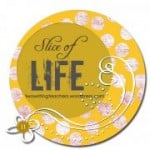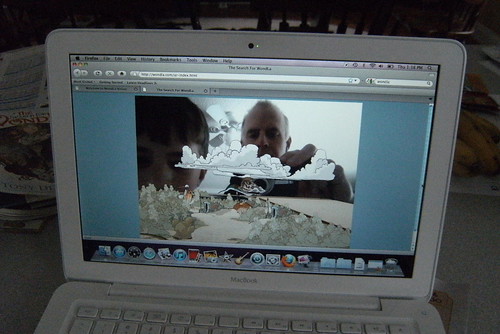
The brackets for basketball are out, but I am still plugging away at my own March Book Madness, where I am featuring book reviews and posters from myself and from my students. Today, I am writing about Just Kids, the memoir by rocker/poet Patti Smith. This book won the National Book Award and I was very curious to see what the fuss was about. Although I am a musician and I write songs, I don’t know all that much about Smith, other than bits of her music here and there.
Just Kids covers the early years of Smith’s entry into the art world of New York City and it centers its heart around her relationship with photographer/artist Robert Mapplethorpe. I know of Mapplethorpe from my time living in Connecticut, when his photography show generated significant (negative) publicity at the Wadsworth Atheneum art museum in Hartford. The images were strong, and unsettling, and the show sparked controversy over whether or not they were pornographic or not.
Smith and Maplethorpe lived together and they were each other’s muse for much of their time in New York as they tried to find a foothold in creating art for a living while barely surviving from day to day. He helped her, and she helped him. The memoir captures this time together, and Smith is indeed a lovely poet. This book has so many beautiful lines about love, friendship, music and art — particularly the ending, where she writes about Maplethorpe slowly dying of AIDS as she is carrying her second child into the world. Her remembrance is moving and touching, and her connection to Maplethorpe is so strong, the reader can’t help but feel the loss, too.
What I found so interesting, too, is Smith’s world as an emerging artist before she found rock and roll. Her paths crossed with all sorts of folks, from Jimi Hendrix and Janis Joplin, to William Boroughs, to poet Allen Ginsberg, to others whose names meant little to me but I have a feeling they were influential to many. She lived for some time at the famed Chelsea Hotel, where artists scratched out a living. Her neighbor was the famed Harry Smith, whose recordings and collection of Americana music in the deep south are still looked at as an important archive of music in our country.
I felt jealous, even with all the turmoil. You can just sense the possibilities for art in the world around her, and her writing captures the spirit — both the highs and the lows — of something emerging during that time, as if it were a wave that she was desperately trying to catch as an artist, and then, she does, and everything (including her relationship with Maplethorpe) changes.
Just Kids is a gem.
Peace (in the art),
Kevin










